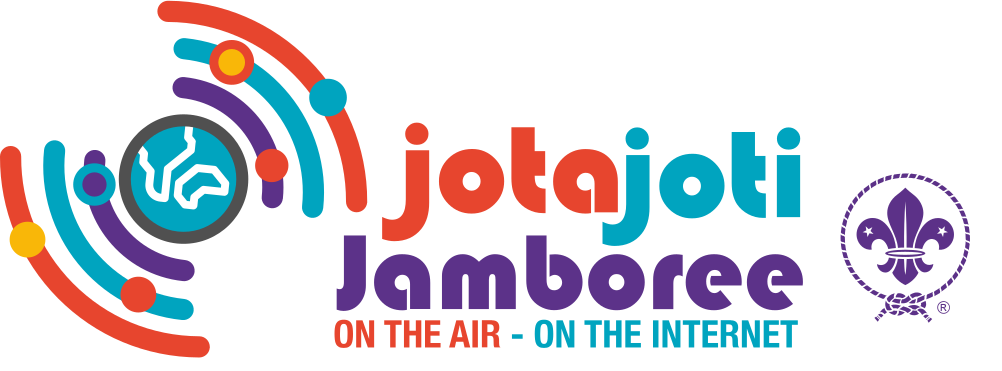Our radio contacts by PSK & FT8 (radio data modes)…
What is PSK31?
PSK31 is a digital mode used on the HF amateur bands which provides communication in the presence of fading and interference.
PSK31 is a digital mode used on the amateur radio bands. It derives its name from the fact that it uses phase shift keying, PSK rather than frequency shift keying, and it transmits data at a rate of 31 baud.
PSK31 is aimed at providing a greater level of performance for keyboard-to-keyboard, conversational-style data communications than is available with other data modes. This makes it a particularly attractive form of communications for radio amateurs.
The aim is to provide an efficient yet straightforward system which does not use the complicated ARQ processes, and with only enough error correction to match the typical error rates that are encountered.
Also, by using phase shift keying and a low data rate, it is possible to narrow the bandwidth, which considerably reduces the effects of interference and noise. Bandwidths of 31Hz can be used, making this an extremely narrow-band mode, and one capable of operating under severe conditions.
PSK31 frequencies on HF bands
To enable radio amateurs to be able to keep to band plans and also to have contacts with other PSK31 users, certain frequencies tend to be used.
The frequencies detailed in the table of HF band frequencies give the frequency of the transceiver readout that should be used to provide the required signal frequency.
| PSK 31 HF Frequencies | |
|---|---|
| Amateur Band | Upper Sideband Dial Frequency |
| 160 metres | 1838.150 kHz |
| 80 metres | 3580.150 kHz |
| 40 metres | 7040 kHz |
| 30 metres | 10142.150 kHz |
| 20 metres | 14070.150 kHz |
| 17 metres | 18100.150 kHz |
| 15 metres | 21080.150 kHz |
| 12 metres | 24920.150 kHz |
| 10 metres | 28120.150 kHz |
What is FT8?
The FT8 digital mode is the latest in a series of weak signal applications for amateur radio. Conceived originally for enhancing esoteric propagaint modes such as high speed meteor scatter and moonbounce, Joe Taylor (K1JT) developed a series of applications including FSK144, JT6M, JT65, and JT9. When FT8, jointly developed by Joe Taylor and Steve Franke (K9AN), was announced it was described as being designed for, “multi-hop Es where signals may be weak and fading, openings may be short, and you want fast completion of reliable, confirmable QSO’s.”
If you listen to online receiver and tune to the frequencies shown here, you will hear the digital signals. You will need software on your computer to be able to decode the digital signals.
For more information about Amateur Radio Digital Modes, have a look at this page by The Essex Ham
| Common Frequencies for FT8 | |||
|---|---|---|---|
| Band | FT8 | ||
| 160m | 1.840 | ||
| 80m | 3.573 | ||
| 60m | 5.357 | ||
| 40m | 7.056 | ||
| 7.071 | |||
| 7.074 | |||
| 30m | 10.132 | ||
| 10.133 | |||
| 10.136 | |||
| 20m | 14.071 | ||
| 14.074 | |||
| 14.090 | |||
| 17m | 18.100 | ||
| 15m | 21.074 | ||
| 21.091 | |||
| 12m | 24.915 | ||
| 10m | 28.074 | ||
Online radio receivers:
Look at the KiwiSDR Radios to be able to listen to the radio signals online. Pick a radio receiver for the part of the world you want to listen to.
Sources of Software to decode the digital signals:
There are lots of different software applications that can decode the different digital radio signals that you can hear.
Search Google for modes like: ‘Rtty’; ‘PSK31’; ‘FT8’; ‘CW (morsecode)’; ‘WSPR’; ‘SSTV’
Some of the commonly used applications include:
FLDigi
HamRadioDeluxeV5
MMSSTV
WSJT-X
